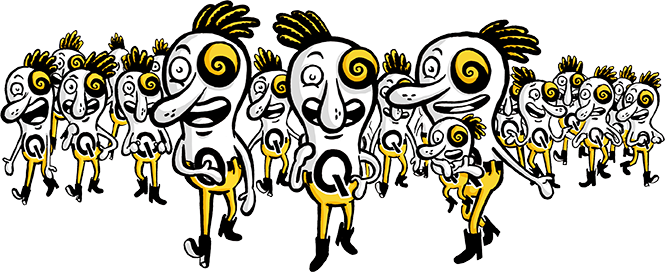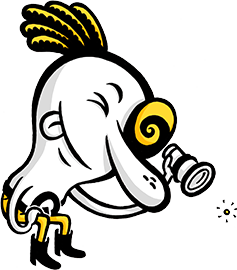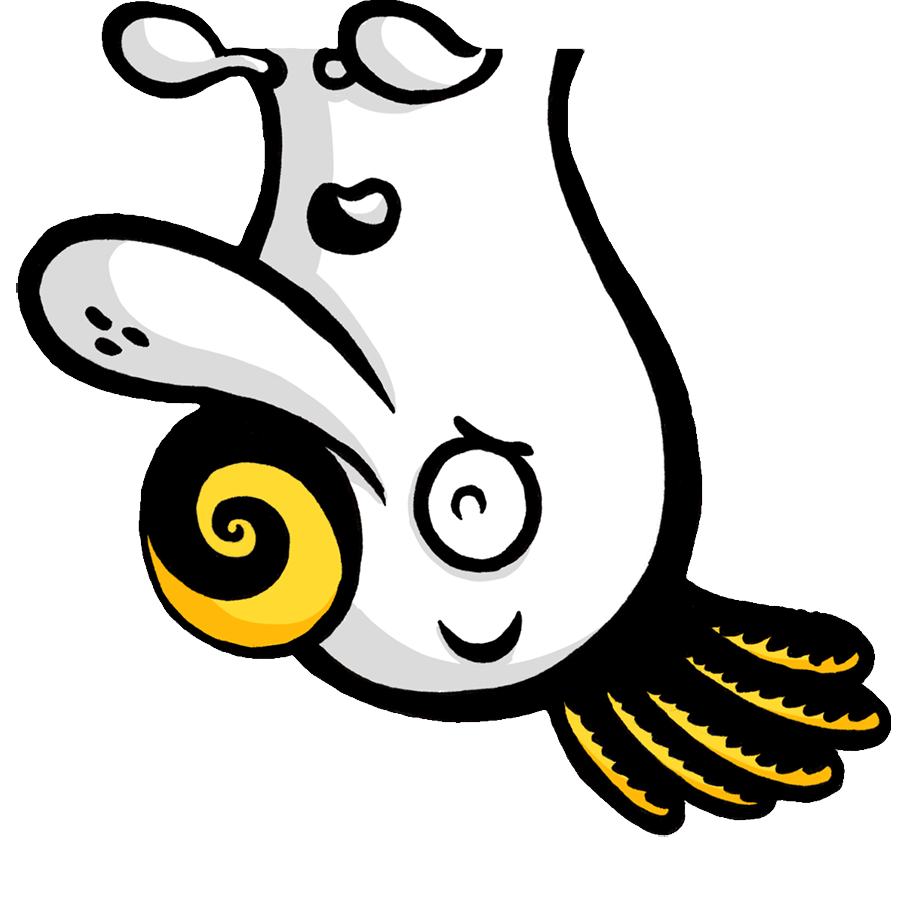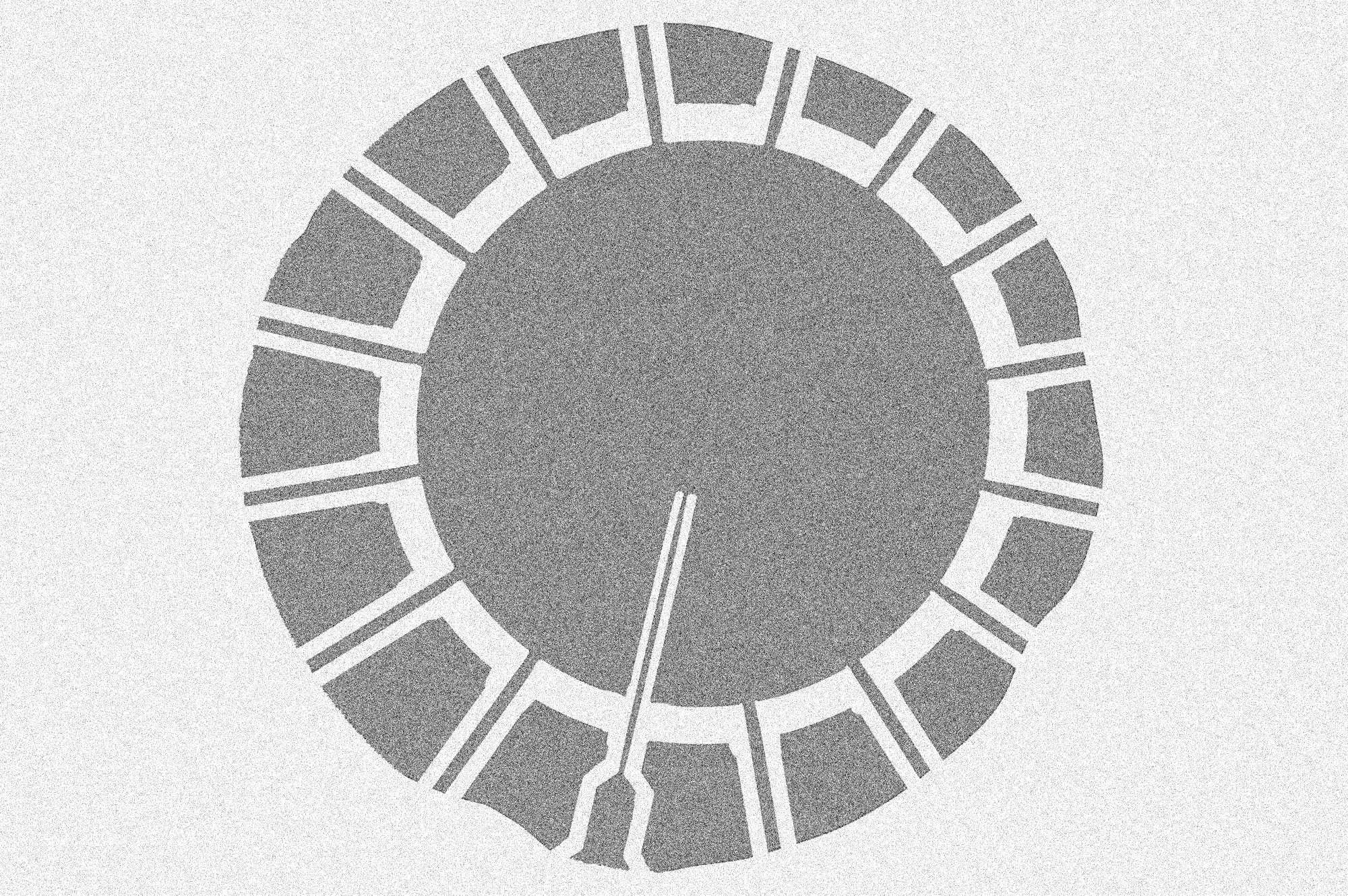MINEON
MINIATURISED
ELECTRON OPTICS
FOR NANO-CONTROLLED
BEAMS

WHO WE ARE
The Consortium has been tailor-made in order to reach project goals as quickly and effectively as possible, but also to attain maximum impact in the scientific world and in society at large. The wide cross-section of skills and geographical spread in the Consortium, as well as its adopted policies, ensure that all requirements of responsiveness and adaptive change, diversity and inclusion, openness and transparency are satisfied. Members of the Consortium complement each other thus: CNR and Forschungszentrum Jülich are world leaders in electron-beam shaping; Thermo Fisher (formerly FEI) is a major world-wide developer and manufacturer of microscopes; QED is a young SME from the creative industry led by an award-winning producer-director.

PEOPLE
Vincenzo Grillo
is the Scientific Coordinator and Principal Investigator of the Q-SORT Project. He graduated in physics from the University of Genova (110/110 cum laude).
He received his PhD in electron microscopy at the University of Parma, while performing collaborative work with Erlangen university (Germany). In 2001 he was a visiting scientist at the Tokyo Institute of Technology working on cathodoluminescence in TEM. Since 2003 he has been working in the INFM (now absorbed by CNR) as a Senior Fellow researcher in electron microscopy. He has developed innovative TEM-STEM methodology and published the first quantitative use of STEM with HAADF detector for chemical analyses. He is now working on Vortex beams and holographic beam generation. He and his group are now among the world’s leading groups in this sector for their work on phase holograms, large vortex beams and the theory of spin-orbit coupling with vortex. In 2015 he was a visiting researcher at the University of Oregon. In 2016 he received the Humboldt Foundation’s BESSEL research award for his work on Beam shaping. Dr. Grillo is co-author of at least 100 articles and 5 book chapters. The H-factor of his publications is 31.
Enzo Rotunno
graduated magna cum laude in Material Science at the University of Parma in 2010 and obtained his PhD degree in material science from the same institution in 2014. Since 2014 he has had a research fellow position at the Italian National Research Council. During his career he achieved high competence in the field of Transmission Electron Microscopy mastering the main electron imaging, diffraction and spectroscopic techniques, with his main research interest being the study of materials through STEM with HAADF detector and the developed of numerical algorithms for the simulation of the electron-matter
interaction. He currently works in CNR-NANO Quantum e-optics group among the world’s leading groups in the field of electron vortex beams, and the theory of spin-orbit coupling with vortex. Recently he has started a theoretical activity related to the development of deep learning techniques for microscopy. Dr. Rotunno is co-author of more than 40 research papers. The H-index of his publications is 13.

WHAT WE DO
Electron microscopy allows scientists to measure and image material properties down to the very atomic scale, bringing to fruition Feynman’s visionary idea that saw in the electron microscope the main instrument for nanoscience. However, its development has been restricted for many years to improving spatial and energetic resolution, through the adoption of bulky sets of magnetic lenses and multipoles. This approach has begun to feel limiting – since cross-fertilisation with light optics has shown the many possibilities hidden in the newly-acquired capacity to perform electron beam shaping.
In the course of the Q-SORT FET project, we devised and perfected various different techniques to shape electron beams. In particular, Q-SORT pioneered an innovative approach to electron beam shaping based on MEMS technology and complex analogue control of the device. These exciting developments are driving electron microscopy into a new era, which is notable for the newly-acquired capacity to extract novel quantities of interest from the sample, and to better characterise samples which are often too fragile for present-day techniques.
One of the many results we obtained in Q-SORT is the capability to manufacture and operate a spiral phase plate (SPP) for electrons, based on the so-called “chopsticks” design. This is an extremely useful device of the widest applicability, since it produces contrast enhancement (edge enhancement) in sample images – a potentially game-changing feature for weak-phase samples, such as organic tissues & molecules. SPPs can also be used to produce arbitrary vortex beams and Bessel beams, both of which can be useful as advanced probes – e.g. as a tool for EMCD (electron magnetic circular dichroism) or for all experiments making use of vortex beams. Q-SORT scientists were the first in the world to produce working electron SPPs. Although we could manufacture electron SPPs (eSPPs) as holograms etched in a substrate, the object of MINEON is a spiral phase plate based on electrostatic fields. This as well was built during Q-SORT as a prototype. Compared to the semiconductor version, the eSPP has the advantage of producing no attenuation of the electron beam and of being tuneable. These two characteristics make it the ideal method for generating vortex beams.

RESULTS/TRL
Miniaturised tuneable electron-optical spiral phase plates
MINEON is an innovative solution for phase plates in electron microscopy. The miniature spiral phase plates are fabricated as part of a custom chip, which is mounted in special biased aperture holders. These special holders can be placed in the Condenser Aperture, or in the Selected Area Aperture, or in various Objective Apertures.
MINEON spiral phase plates are tuneable, flexible in their applications, easy to use.
Thanks to advanced MEMS fabrication technology, MINEON phase plates can be easily replaced and upgraded.
Installation kit:
- Special aperture holder for Thermofisher microscopes
- 5 x MEMS spiral phase plate devices
- Ready-to-use dedicated drive electronics
- User-friendly control software
Consumable pack:
- 10 x MEMS spiral phase plate devices
For further information, don’t hesitate to write to
info@mineon.eu

NEWS
01-03 September 2021
MINEON project held its first International Conference
On 1-2 September 2021 the CNR-NANO institute in Modena will host the International Conference on SCIENCE AND APPLICATIONS OF COHERENT ELECTRON BEAM MANIPULATION (http://www.qsort.eu/2021-q-sort-conference/, https://www.smartelectron.eu/events-smart-electron/).
This conference, jointly organised by the Q-SORT, 3D MAGiC, SMART-electron, Holo Workshop, MINEON projects, explores coherent electron-beam manipulation from different, complementary perspectives.
Any COVID-19 restriction at the time of the conference will be dealt with by holding all of the talks online.
Concepts such as electron coherence, electron phase control & holography, characterisation of magnetic phase, light-electron interaction, phase plates for imaging or for beam shaping, are all at the forefront of electron microscopy research. Moreover, they are also of interest outside the microscopy field.
In this joint event, we will explore some of these themes together: cross-fertilisation and topic contiguity will stimulate discussions and new ideas. The conference also aims to facilitate networking, fostering an even larger community. The different reference communities of the four organising projects will have the chance to speak to each other.
The themes at the centre of this conference affect the design of electron-based measurement instruments such as the electron microscope and in general of all electron optics. Not only can we measure the electron phase and through it the electric and magnetic fields, but we can also control it, tune the phase of light waves interacting with the electron beam, as well as the kind of electron interaction with the sample — all of this while controlling the state (e.g. the magnetisation) of the sample itself.
The conference is structured around three sessions, pertaining to Q-SORT & SMART-electron, 3D MAGiC, and Holo respectively.
The Q-SORT + SMART-electron session will regard topics such as electron beam shaping, its applications in spectroscopies, electron light interaction, and time-resolved phase-coherent experiments.
The 3D MAGiC session will focus more on the new ideas of control and measurement of surprising magnetic states with unconventional and advanced magnetic field control.
The Holo session will regard the more general field of holography, with emphasis on new ideas for measuring fields, measuring coherence, reconstructing the electron phase, improving the SNR through phase shifting or stack acquisition, and their applications in material science.
____________________________________________________________________
26—07—2021
MINEON project held its Kick-off Meeting.
On 8 June 2021 the CNR-NANO institute in Modena hosted the MINEON Kick-off Meeting for the official launch and first-ever public presentation of the MINEON Project. Funded by the European Commission under its highly competitive Future and Emerging Technologies Programme (FET) – Innovation Launchpad, the project will run for 8 months starting on 1 June 2021.
The Kick-off event – which is organised by CNR – NANO and supported by QED – brought together leading institutions in the field of electron microscopy and quantum light optics, i.e. CNR-NANO (Project coordinator), the Forschungszentrum Jülich, Thermo Fisher Scientific.
MINEON, whose full name is MINiaturised Electron Optics for Nano-controlled beams, was conceived as a continuation of another successful FET project, called Q-SORT (www.qsort.eu).
During the course of Q-SORT, scientists devised an innovative approach to electron beam shaping based on MEMS technology and complex analogue control of the set-up. MINEON will further validate the design of a MEMS-based spiral phase plate (SPP), based on the above approach.
The spiral phase plate, which MINEON will realise for the first time, is predicted to improve the electron-microscope imaging of a vast class of systems, and in particular of biological samples, which are of crucial importance in the field of medicine. Indeed, the fact that these systems are made of light atoms normally causes them to yield low or non-existent contrast. The SPP addresses this problem.
The project -which includes applications to physics, biology, and biochemistry- is expected to have a wide-ranging impact due to the ubiquitous adoption of transmission electron microscopy across many disciplines. Moreover, the MINEON Consortium includes a world-leading company in the electron microscopy sector, FEI – ThermoFisher.
The scientific coordinator and principal investigator of MINEON is Vincenzo Grillo, a senior research fellow at CNR -the Italian National Research Council-, recipient of the prestigious Humboldt Foundation’s Bessel Research Award for his work on beam shaping and scientific coordinator of the project Q-SORT.
The MINEON consortium comprises the following European institutions:
CNR-NANO (Coordinator) – (Italy)
QED Film & Stage Productions Ltd. – (United Kingdom)
FEI – Thermo Fisher Scientific – (Netherlands)
Forschungszentrum Jülich – (Germany)

CONTACTS
Project Coordinator
Vincenzo Grillo
vincenzo.grillo@cnr.it
℅ CNR-NANO
Via Campi 213/A
41125 Modena — Italy
Communication Manager
Luca Marco Carlo Giberti
lmcg(at)qedproductions.co.uk
Executive Manager
Raffaella Santucci
raffaella@qedproductions.co.uk
Follow us:
Facebook
LinkedIn
Twitter
Instagram
Funded by the EU — MINEON has received funding from the European Union’s Horizon 2020 Research and Innovation Programme under Grant Agreement No 101035013| FETOPEN-03-2018-2019-2020 – FET Innovation Launchpad The European Commission is the executive body of the European Union. Its tasks include implementing decisions and managing the day-to-day business of the EU (en.wikipedia.org/wiki/European_Commission), as well as the implementation of the EU budget.
As part of its remit, the EC directly funds trans-national scientific research projects through dedicated calls for entries, such as those of the FET Programme. We would like to thank the European Union for making MINEON possible. We recognise its important function in promoting the advancement of knowledge and in helping to establish fruitful international long-term relationships involving institutions and companies. We believe that these efforts help us all to better understand and appreciate our cultural diversity.










